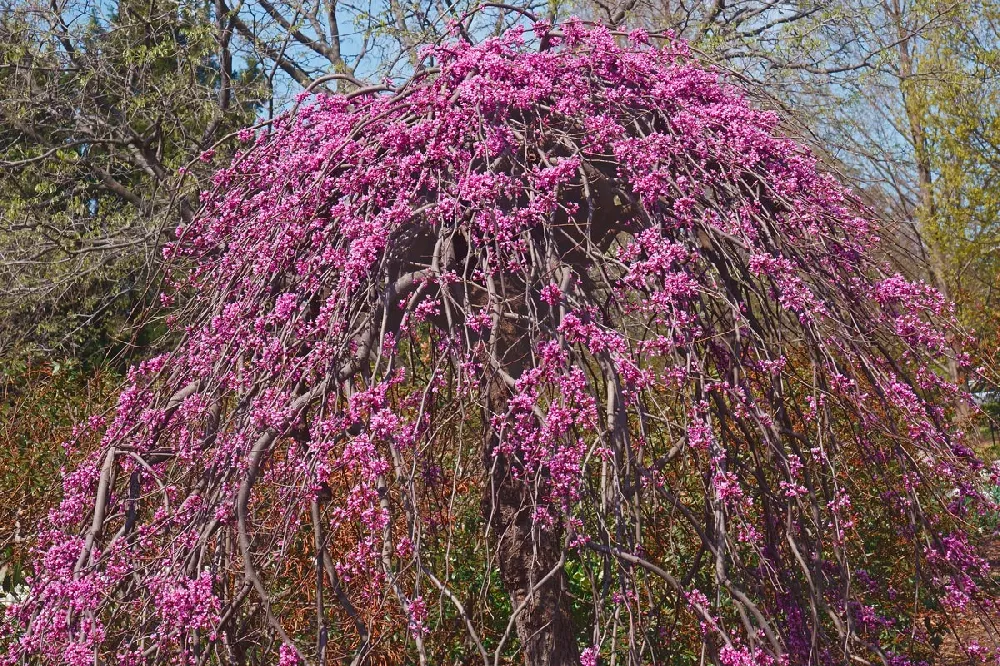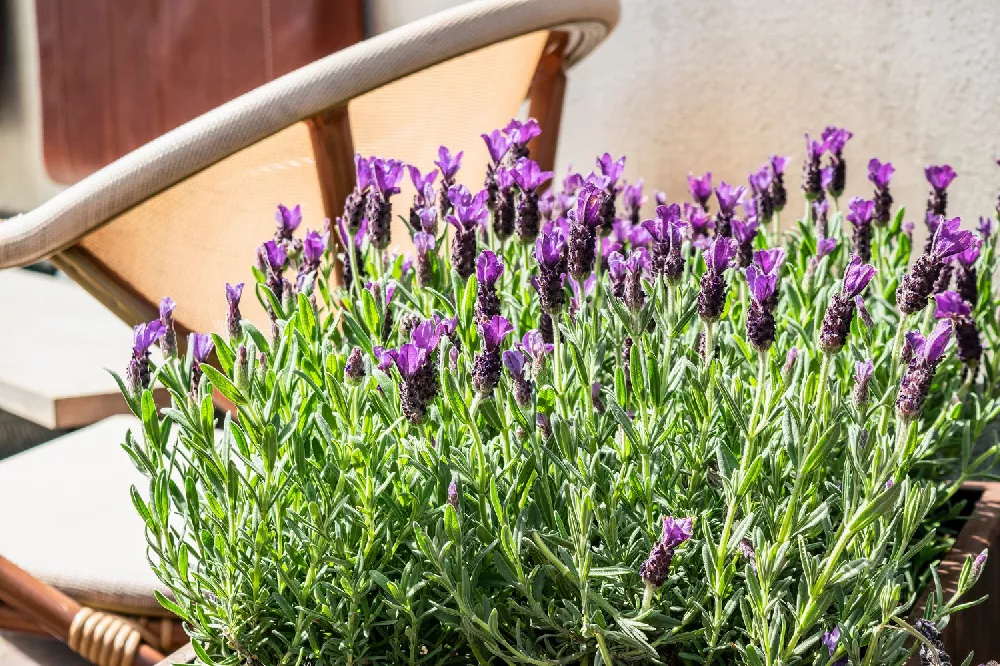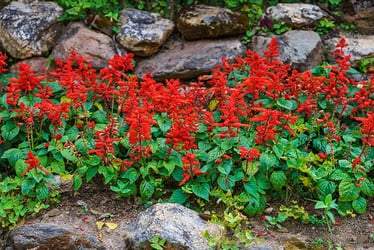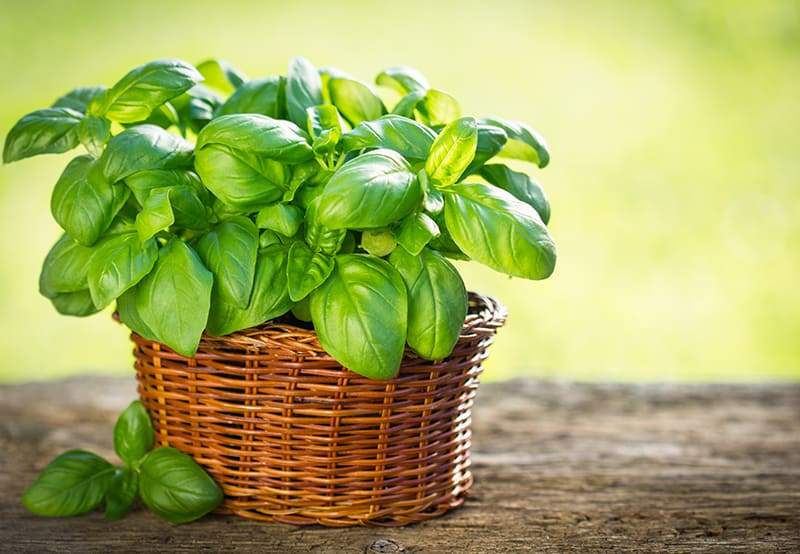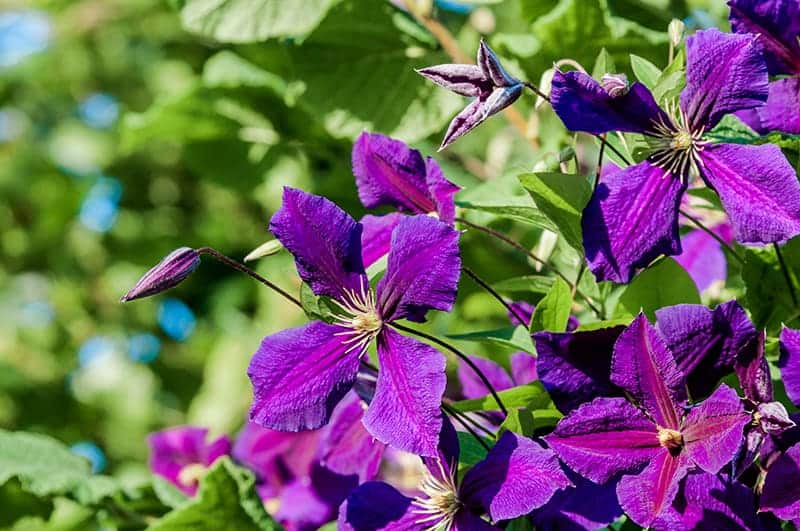- Home >
- Lavender Plants
Lavender Plants for Sale - Buying & Growing Guide
Filters
Price Range
Growing Zones
Plant Type
Flower Color
Sunlight
Mature Height
Plant Characteristics
11 Results
-
Growing Zone(s): 5-8$35.95
$46.95Save up to 23% -
Growing Zone(s): 4-8$52.95
-
Growing Zone(s): 5-9$114.95
-
Growing Zone(s): 5-9$19.95
$39.95Save up to 50% -
Growing Zone(s): 4-10$83.95
$94.95Save up to 11% -
Growing Zone(s): 5-9$32.95
$34.95Save up to 5% -
Sold OutGrowing Zone(s): 5-9$24.95
-
Sold OutGrowing Zone(s): 4-9$24.95
-
Sold OutGrowing Zone(s): 3-11 / 8-11$114.95
-
Sold OutGrowing Zone(s): 7-10$83.95
-
Sold OutGrowing Zone(s): 7-10$99.95
Lavender Plants – Buying & Growing Guide
Lavender is a tough, water-wise plant that rewards the careful gardener with a generous bouquet of blooms and leaves that have an unparalleled scent. More than just a landscape plant, lavender gardeners can use it in the kitchen, and sachets made with its leaves and flowers make sheets smell wonderful.
How to Grow Lavender Plants
How to plant lavender plants
Before planting your lavender plant, it is a good idea to do a soil test. You want a soil pH of 7.0. When your soil is below that scatter some lime in the planting area. In USDA hardiness zone 6, and further north, plant lavender in the spring, while for southern gardeners, early fall is a better time.
Space your lavender plants one to two feet apart in a spot that gets good sun (six to eight hours a day). Dig a hole that is twice as deep and wide as the root ball. Tease apart the roots so that they are not girdling the ball, which will eventually kill your plant. Mix the dirt in the hole with sand or gravel, to ensure it drains well, and plant your lavender so the top of the root ball is even with the soil grade. Backfill the hole (replace the dirt you removed) with topsoil.
Tamp down the soil around your plant and water well. Monitor the plants for the first month or so after planting and water if the ground feels dry an inch down from the surface near the plant.
How to achieve maximum results
Lavender is native to the highlands of the Mediterrean region and it likes sun, and soil that is not overly rich. In fact, lavender, once established, thrives on neglect. It hates standing in water, so provide supplemental water only when the ground is absolutely dry. Unlike most plants, it does not need to have the soil surrounding the root ball enriched with compost or humus, and grows well when it is mostly left alone.
How to Care for Lavender Plants
Watering and nutrients
Lavender likes a semidesert setting, so unless you are experiencing severe drought conditions, it does not need supplemental watering once established. In fact, you do more damage to lavender by overwatering than underwatering, since it is susceptible to root rot if its feet are wet.
Lavender needs little fertilizer. At the most, apply a thin layer of compost around your plants once a year in spring. When you are growing your lavender in pots, an annual light dressing with a slow release fertilizer formulated for potted plants is enough.
Pollination
Lavender is monoecious, meaning that a single plant’s flowers have both male and female characteristics. Lavender is a great favorite with honeybees and lavender honey is a greatly prized product for many beekeepers. Other types of bees and flying insects also help pollinate the lavender plant.
Pruning
Trim spent flowers after they have bloomed to tidy up the plant, it may reward you with a second blooming. Prune older plants in the spring, cutting off the oldest, woody stems, and leaving room for fresh growth, which will promote flowering. Do not cut back more than one third of the main branches at a time however, or you risk damaging the plant.
Pests and diseases
Lavender pests include aphids, whiteflies, and spittle bugs. Unless you have a severe infestation, all of these can be controlled by spraying your lavender plant with a blast of water from ther hose. Natural pest remediation, using beneficial insects such as ladybugs, can also help.
When you have a wet summer, you may have issues with powdery mildew on your lavender. You can avoid this by spacing the lavender plants out properly, and pruning some of the oldest wood each spring, so that air can circulate throughout the plant.
Harvesting
Lavender flowers are commonly used in bouquets, and should be picked when the bottom florets on each stalk are just starting to open. The flowers and leaves are sometimes dried for use in sachets and for medicinal purposes. This can be done simply by tying together flowering stems in small bunches and hanging them upside down in a cool dark spot, like a garage, for several weeks.


